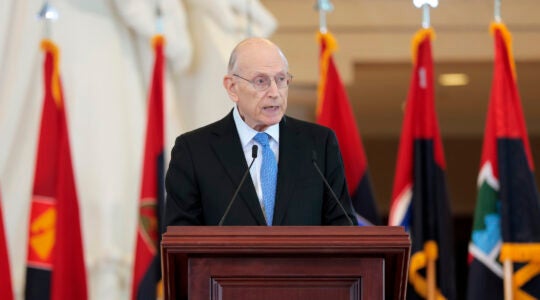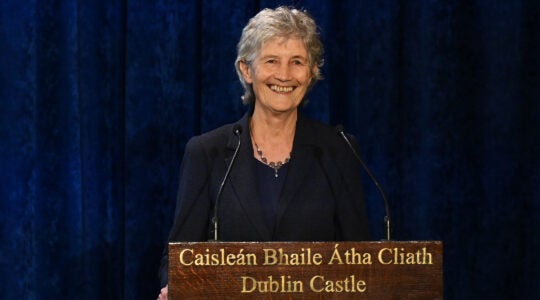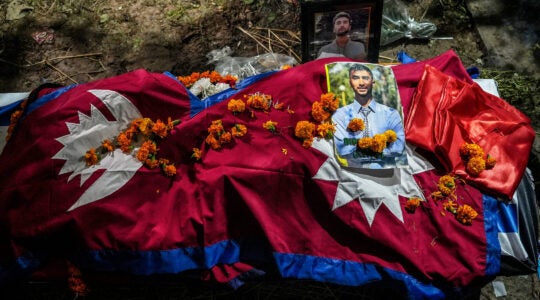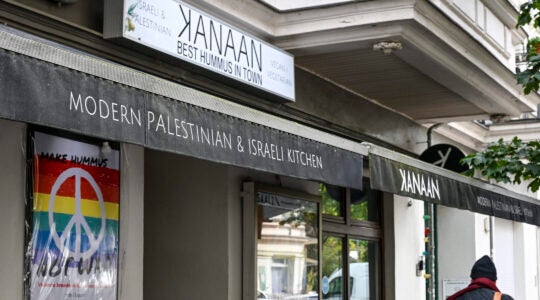JERUSALEM (JTA) — The Friedberg Genizah Project will use a high performance computer network at Tel Aviv University to break the codes of the Cairo Genizah.
The project, announced on Sunday, will match up pieces of some 200,000 ancient manuscripts discovered more than a century ago in the genizah.
More than 100 linked computers at the university will analyze millions of pairings in an effort to take about five weeks.
Most of the fragments of pages, documents and books recovered from the genizah and spread to universities and museums throughout the world have been digitally photographed and enhanced through the project, which was established in 2007 with a multimillion-dollar grant by Canadian hedge fund mogul Albert Friedberg.
The genizah site was uncovered in 1895, a sealed loft inside the ancient Ben Ezra Synagogue in Cairo that functioned between the eighth and 17th centuries. The vast collection of manuscripts found inside the crypt date back as far as 1,000 years ago and represent a millennium-long continuum of religious and regional history.
The find comprised the largest and most diverse collection of medieval manuscripts ever found.
JTA has documented Jewish history in real-time for over a century. Keep our journalism strong by joining us in supporting independent, award-winning reporting.





